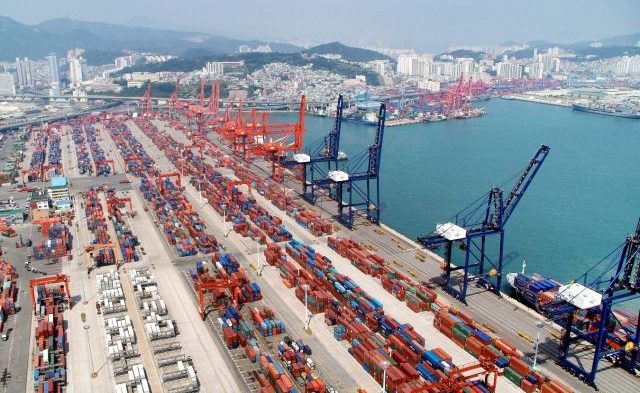80% of ports missing out on the benefits of digitalisation, creating last mile risks

Most ports are still using manual and paper-based processes without access to digital technology, creating a polarised ports environment and risks in the last mile of a voyage, according to a new survey from Singaporean port management software firm, Innovez-One
Of the 4,900 ports in the world, the majority are not yet using digital technology for even the most basic processes; 80% of ports continue to rely on manual, legacy solutions such as whiteboards or spreadsheets to manage critical marine services such as towage, pilotage and launch boats, Innovez-One claims.
The benefits of digitalisation remain the preserve of only a few, large ‘Tier 1’ ports that have the profile and financial muscle. “This has created a polarised landscape within the port sector,” Innovez-One stated in a release.
The lack of digitalisation at most ports makes the last mile of a journey at sea a weak link in the global logistics chain, opening up risks of delays, late payments, increased fuel consumption and emissions, reduced revenues, and even safety concerns stemming from a lack of traceability, Innovez-One said.
“The current dynamic reflects the often-messy reality of port operations, which is a blend of high-tech digital and paper-based, manual processes sitting side-by-side,” said David Yeo, CEO, Innovez-One. “This causes issues in relation to interoperability, where systems are not talking to each other properly, which is impeding effective execution. However, it also highlights the fact that while global supply chains are becoming increasingly automated, of which ports are an integral part, the majority of ports still overwhelmingly rely on person-to-person systems.”
